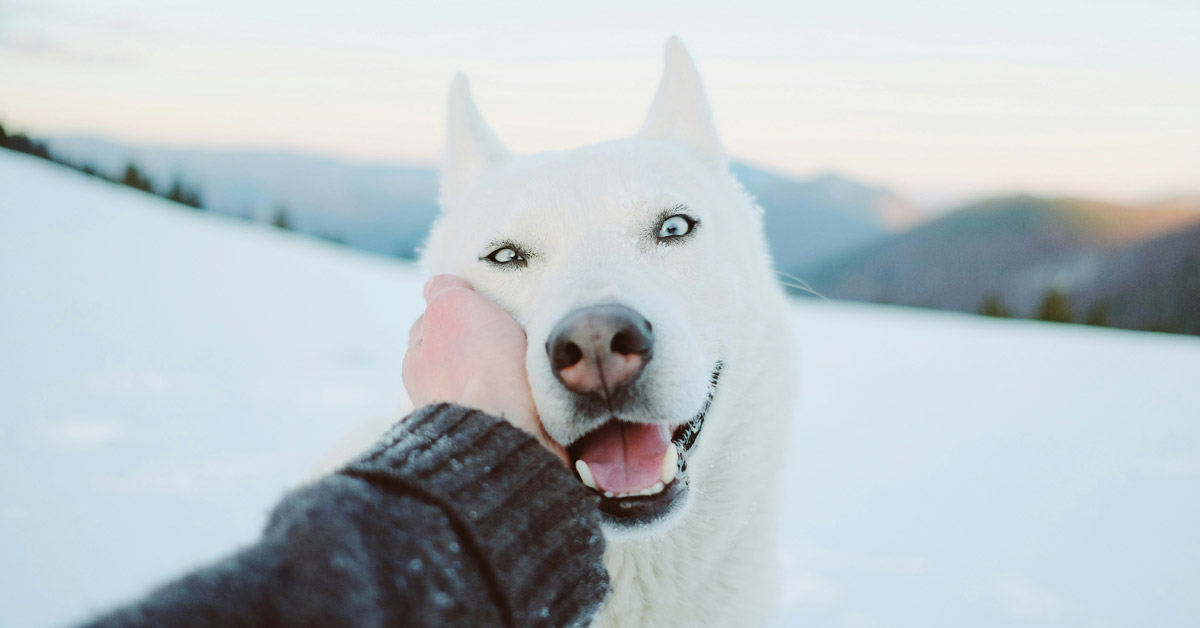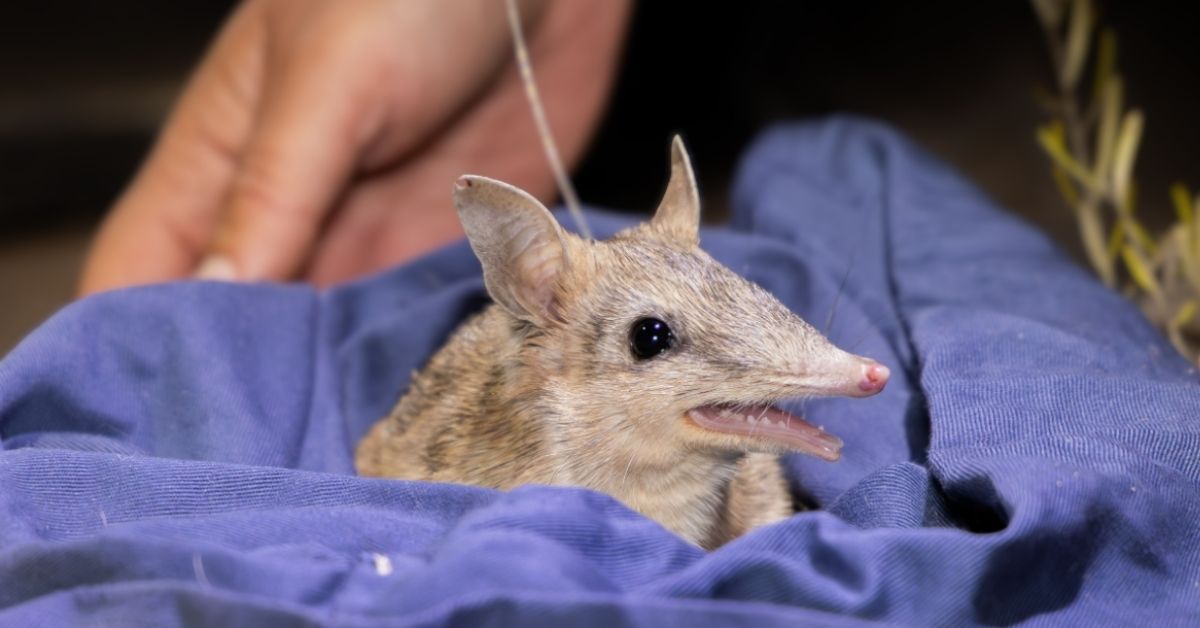When photographer and content creator Kyana Sue Powers visited the volcanic islands of Vestmannaeyjar, Iceland for the first time, she was surprised to see families out patrolling the streets, boxes and flashlights in tow.
When she asked them what they were up to, they said they were searching for baby puffins — also known as pufflings. If found, they would be rounded up and gently tossed off the cliffside in the morning.
“It's just what you do, it's as normal to do as recycling cans,” Powers told NPR.
At six weeks old — when their fluffy down matures and their beaks are still black — a puffling is ready to fly the nest.
Once they head out to sea, they will spend three to four years of their life flying abroad, before returning to the cliff sides to start a family of their own.
However, each year (in late August or September) pufflings come crashing down on streets and residential homes, as their internal compass ushers them to the moon… and the “moon” turns out to be the electronic lights of the city.
In the same way that baby sea turtles can be disoriented — and misdirected — by city lights in coastal towns, pufflings will often fall for the allure of artificial lights.
Thankfully, the residents of Vestmannaeyjar know to keep an eye out for wandering pufflings, and they take the volunteer position very seriously.
According to Powers, it’s typical to find anywhere between four to 10 pufflings in a single night during puffling season. Before they release pufflings, locals are encouraged to record the weight of each puffling on an official “Puffin Patrol” website.

“Picking the pufflings up [does] not harm them and they are only kept in a box until the next day,” Powers explained in a blog post for Inspired by Iceland.
“The pufflings are brought to the south side of the Island. The location can be found on Google Maps as ‘Beautiful Puffin and Shore View.’ The cliffs and air are dotted with hundreds of adult puffins and families can be found releasing their puffins one by one into the wild.”
Typically, instinct takes over and the pufflings are able to fly toward the ocean without issue.
“Occasionally a lazy puffling will flop to the group and hobble off the cliff,” Powers added, “but they instinctively begin to soar as they fall through the air.”
For puffing patrollers, caring for the wayward baby birds is akin to helping little, lost friends. In fact, the scientific name for the Atlantic puffin subspecies, Fratercula arctica, literally translates to “little brother of the North.”

And the volunteer work is critical to keeping puffin populations up.
Globally the Atlantic puffin is considered vulnerable, but in Europe, it’s on the International Union for Conservation of Nature’s Red List of Threatened Species. And in Iceland, specifically, they are critically endangered.
This is due in part to declining fish populations, rising sea temperatures, and oil spills.
Oliver Kersten, a researcher of genomics and marine ecology at the University of Oslo, spoke to Inside Climate News about the species’ decline across Northern Europe and the North Atlantic.
“Twenty years ago, when you were on Rost [Norway] and you looked at the sky, everything was covered in puffins,” Kersten said. “It must have been this really, really extremely fascinating site.”
Last October, the Norwegian island of Rost was home to only 208,500 puffins total — which means it lost 80% of its breeding pairs in half a century.
“You can clearly see a difference,” Kersten said.
Thankfully, puffin lovers across Greenland, Norway, Russia, are doing their part by helping pufflings find their way out to sea. But nowhere is that more apparent than Vestmannaeyjar, which boasts the largest puffin colony in the world.
“If somebody says, ‘Tell us one thing that’s on your island,’ probably 99.9 percent will say, ‘puffins,’” Sandra Síf, a Vestmannaeyjar resident, told Smithsonian Magazine last year. “Everything here revolves around puffins.”
Header image via Ray Hennessy / Unplash (CC0 1.0)



